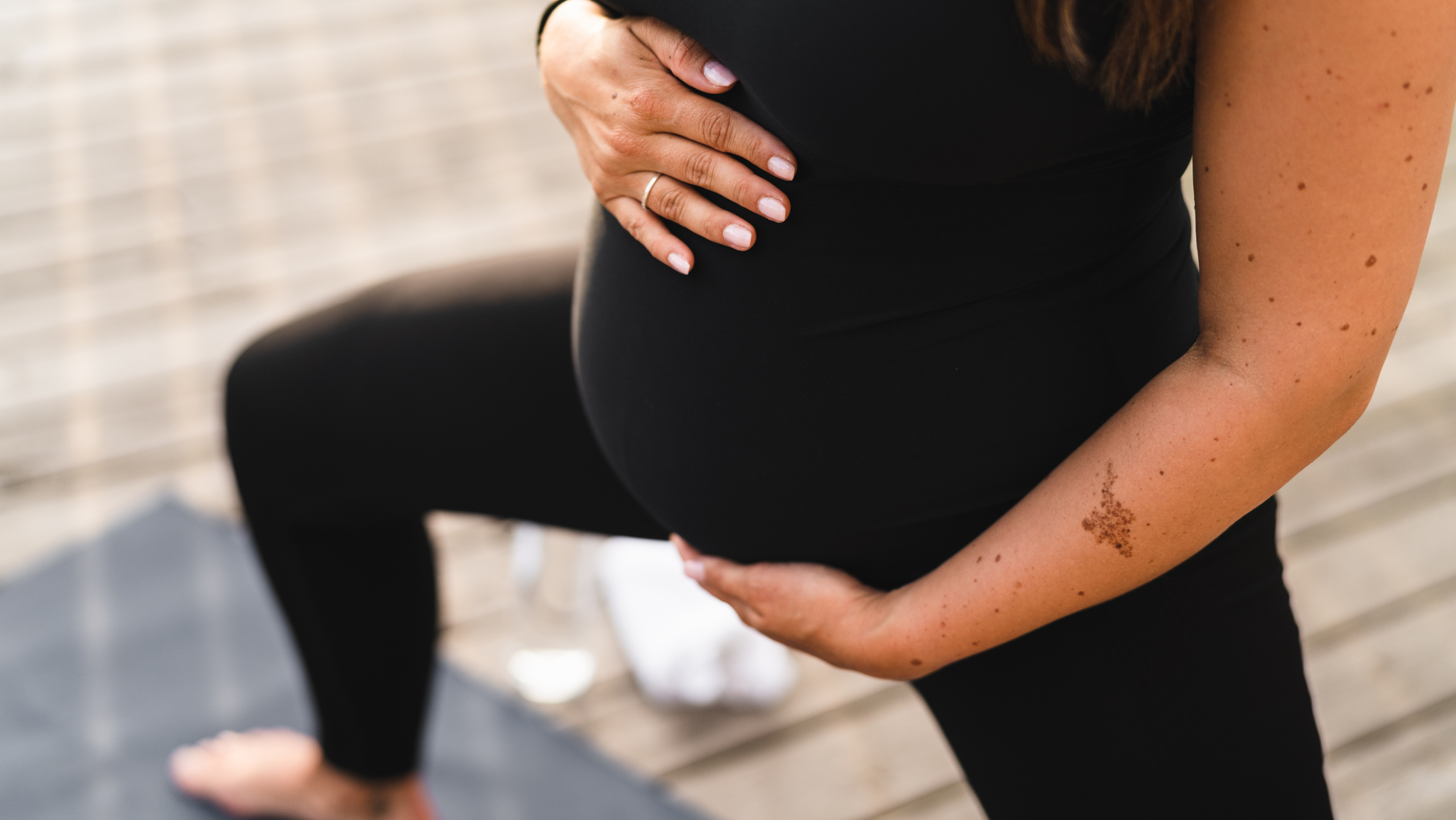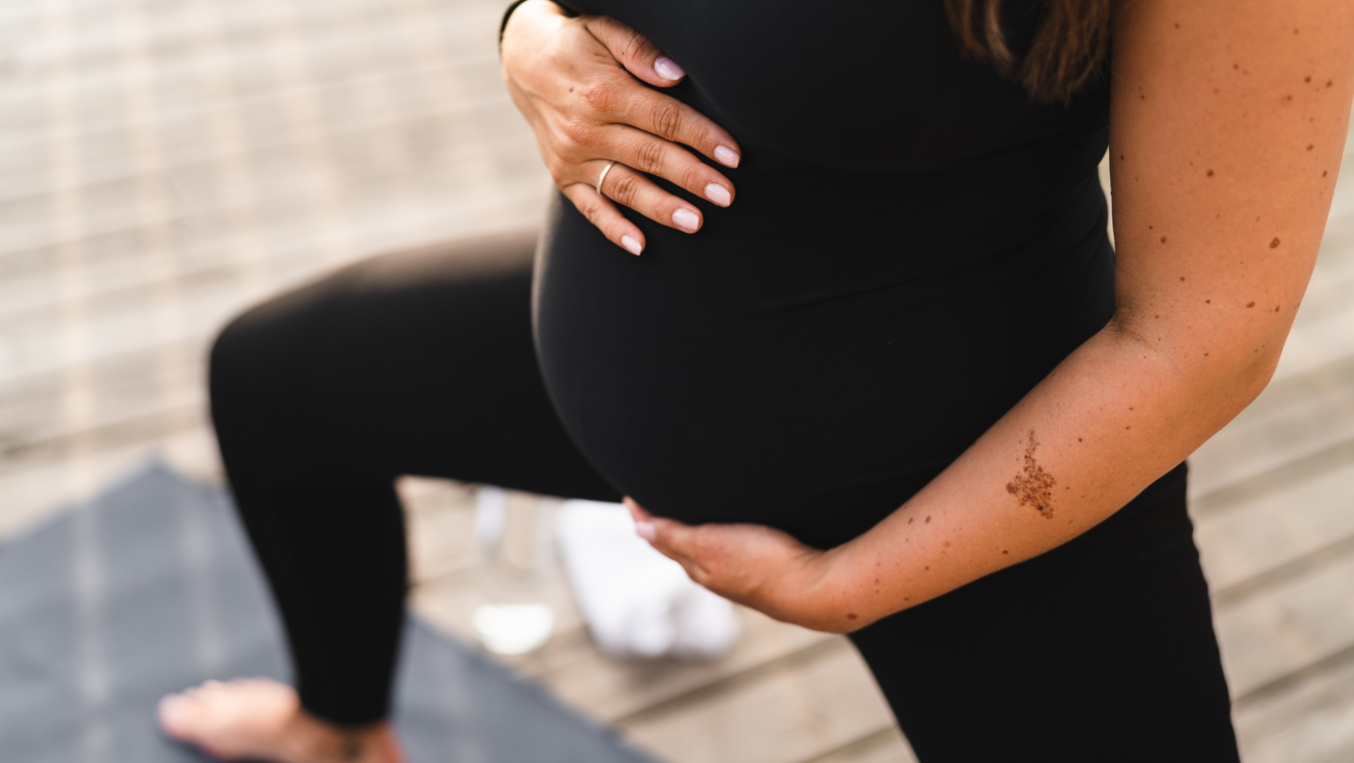
As your due date approaches, you may find yourself in a position where your baby is in a breech presentation, meaning their head is not pointing downward toward the birth canal. While many breech babies eventually turn on their own, there are some techniques you can try to encourage the baby to assume the optimal head-down position.
Forward-Leaning Inversion: The forward-leaning inversion technique involves positioning your upper body lower than your pelvis to encourage the baby to shift. You can do this by propping yourself up on an ironing board or with the assistance of a partner. Take caution and always have support nearby to ensure your safety.
Spinning Babies: Spinning Babies is a website dedicated to optimizing fetal positioning for birth. They offer various exercises and techniques specifically designed to encourage a breech baby to turn. Explore their resources, such as the Forward-Leaning Inversion, Sidelying Release, and Breech Tilt, which can be performed with guidance from your healthcare provider.
Acupuncture and Moxibustion: Acupuncture and moxibustion, a traditional Chinese medicine practice, involve stimulating specific points on the body with thin needles or heat. Research suggests that acupuncture and moxibustion may help facilitate the baby's movement into the head-down position. Consult with a licensed acupuncturist experienced in prenatal care for the best results.
Chiropractic Webster Technique: The Webster Technique is a chiropractic method that focuses on pelvic alignment and balance. By addressing any potential misalignments, tension, or imbalances in the pelvis and sacrum, this technique aims to create an optimal environment for the baby to turn. Consult a qualified prenatal chiropractor who specializes in the Webster Technique.
Music and Light: Babies are naturally drawn to sound and light. Placing headphones low on your belly and playing soothing music or using a flashlight to create gentle light near the pelvic area may encourage your baby to move toward the source of stimulation. Always use caution and be mindful of your baby's responses.
Swimming: The buoyancy and gentle movements of swimming can help create space for the baby to move freely. Swimming laps or performing gentle water exercises may help encourage the baby's repositioning.
Visualization and Relaxation: Embrace the power of visualization and relaxation techniques. Find a quiet space, close your eyes, and imagine your baby turning into the head-down position. Combine this practice with deep breathing exercises and relaxation techniques to create a calm and nurturing environment for both you and your baby.
External Cephalic Version: commonly known as ECV, is a procedure performed during pregnancy to manually turn a baby from a breech position (bottom-down) to a head-down position (cephalic) before childbirth. Typically, an ECV is attempted between 36 and 38 weeks of pregnancy, when there is still enough amniotic fluid for the baby to move easily. During the procedure, a healthcare provider applies gentle pressure on the pregnant abdomen to guide the baby into the desired head-down position. The process is closely monitored using ultrasound. ECV is performed in a hospital or healthcare facility, usually with pain relief options available to help manage any discomfort. It's important to discuss the risks, benefits, and success rates of ECV with your healthcare provider to determine if it's a suitable option for you and your baby.
Remember, the effectiveness of these techniques may vary for each individual. Every journey is unique, and trust that your little one will find their way into the best position for a smooth and safe birth.
*Consult with your healthcare provider or a qualified prenatal specialist before attempting any of these methods

